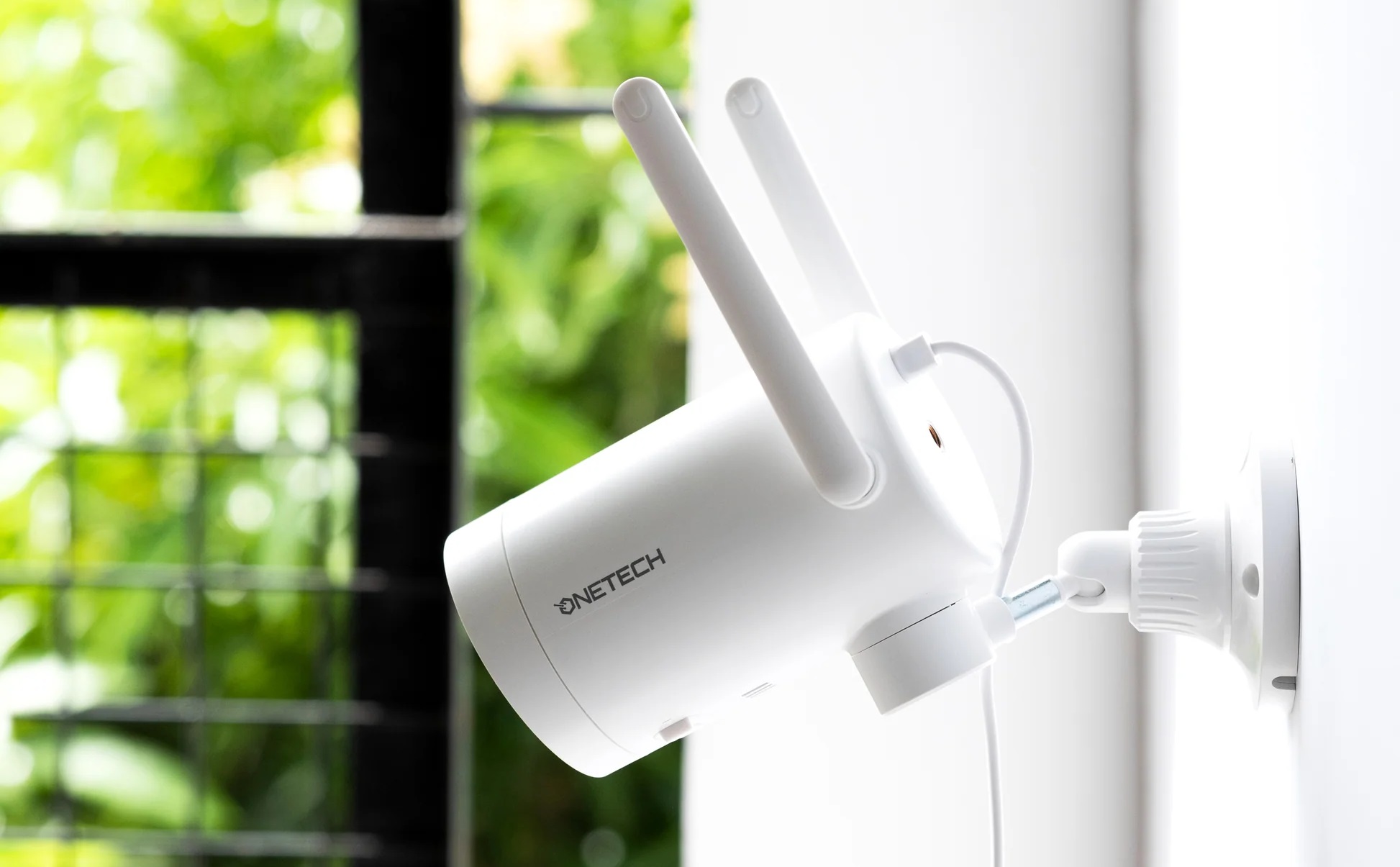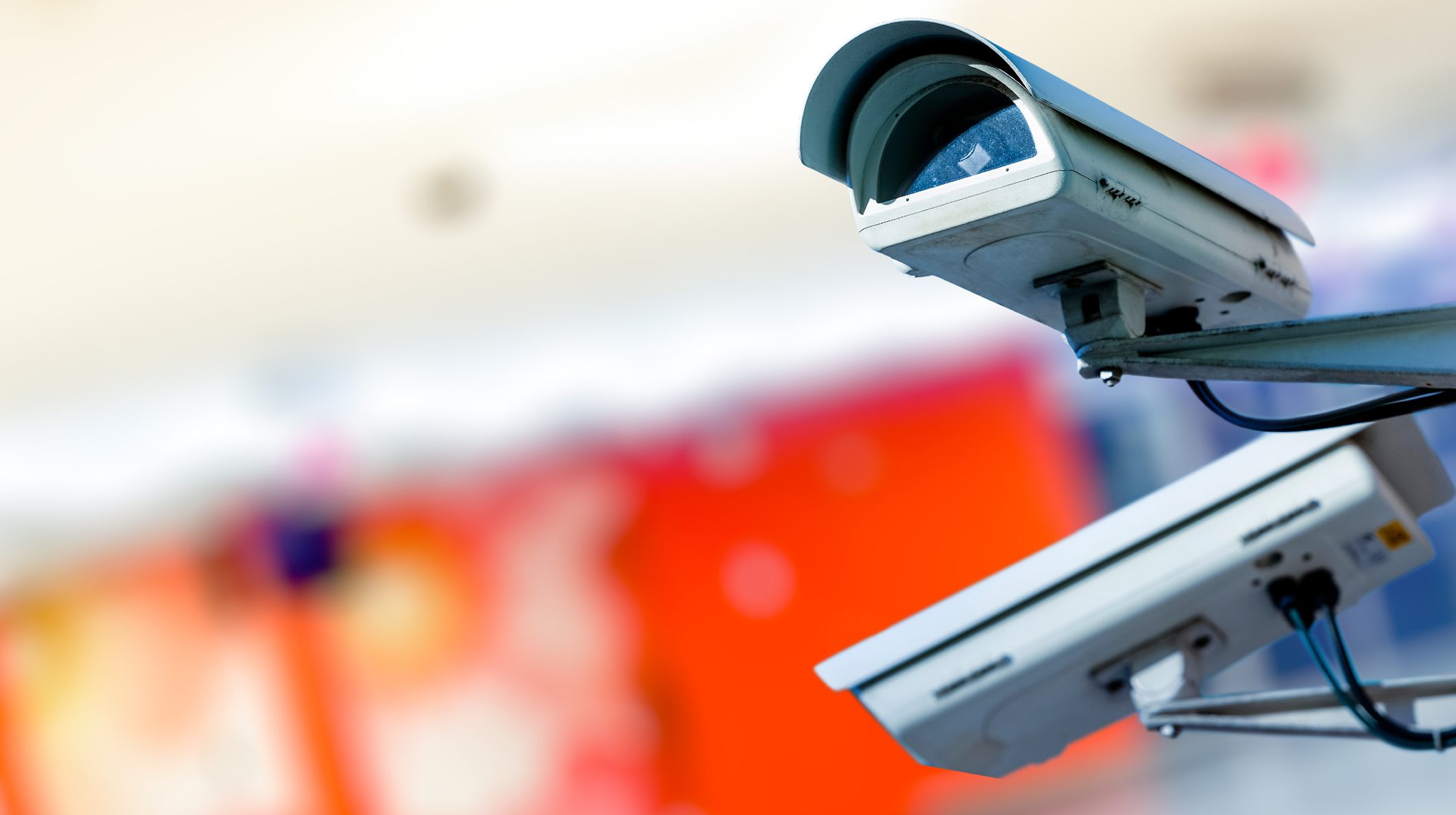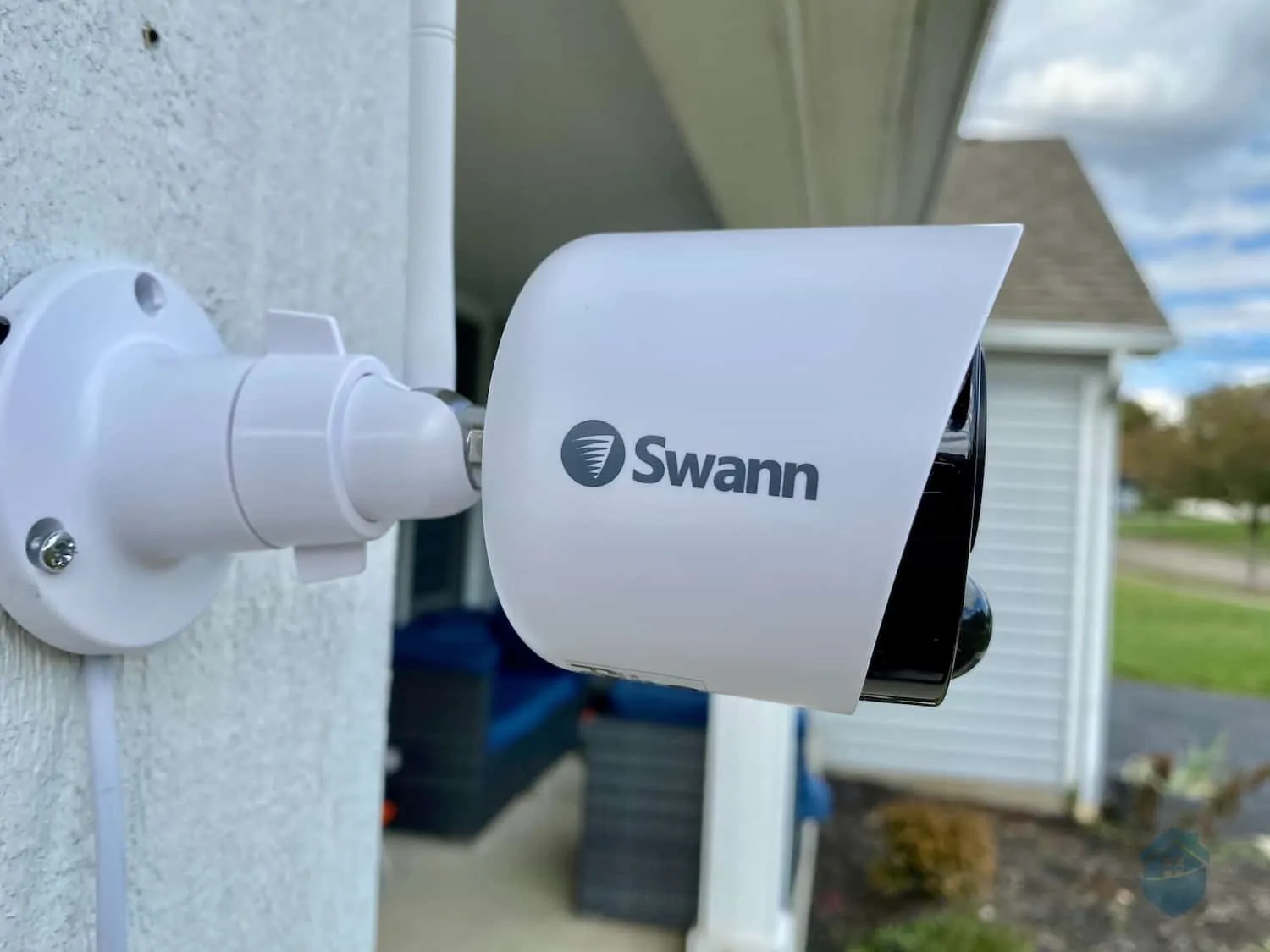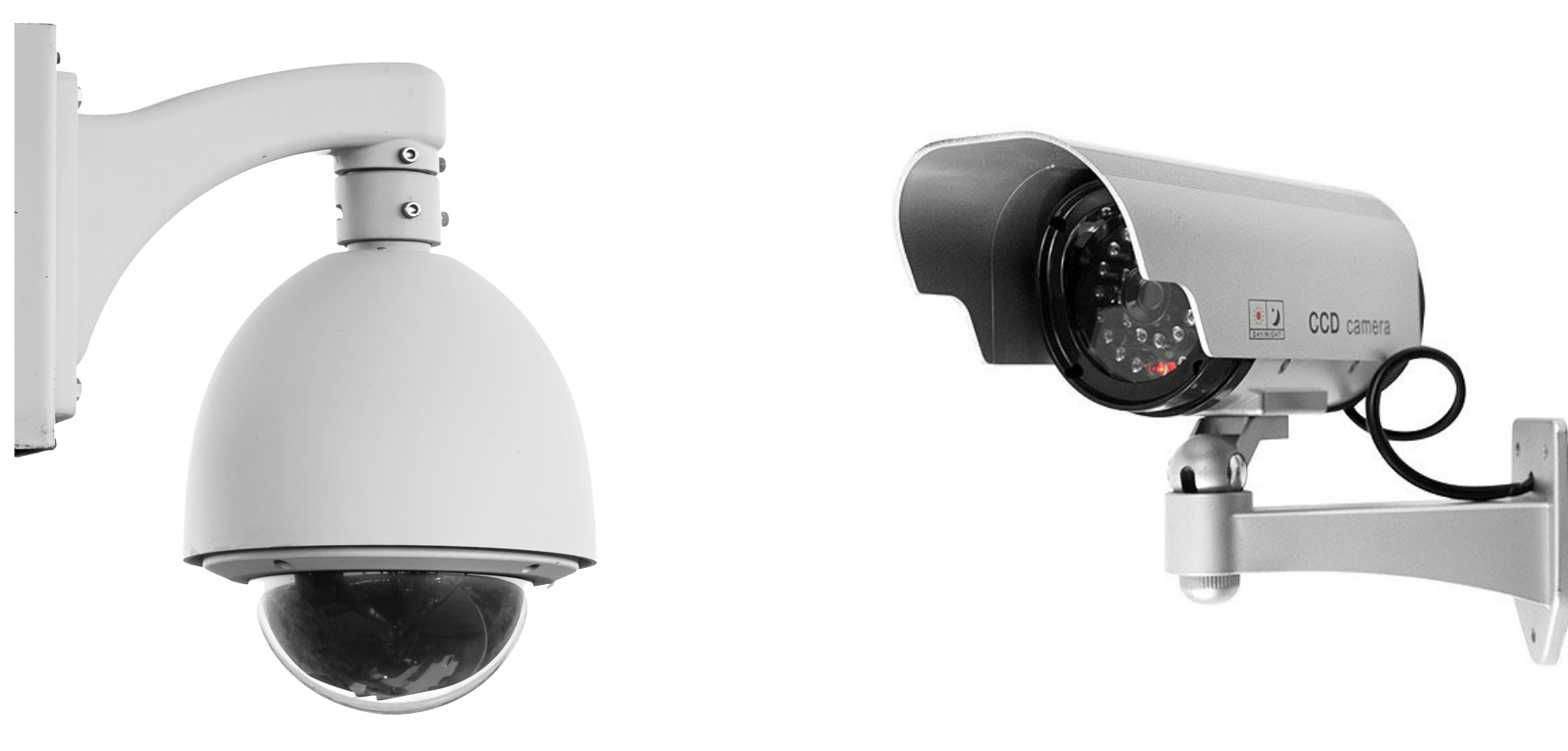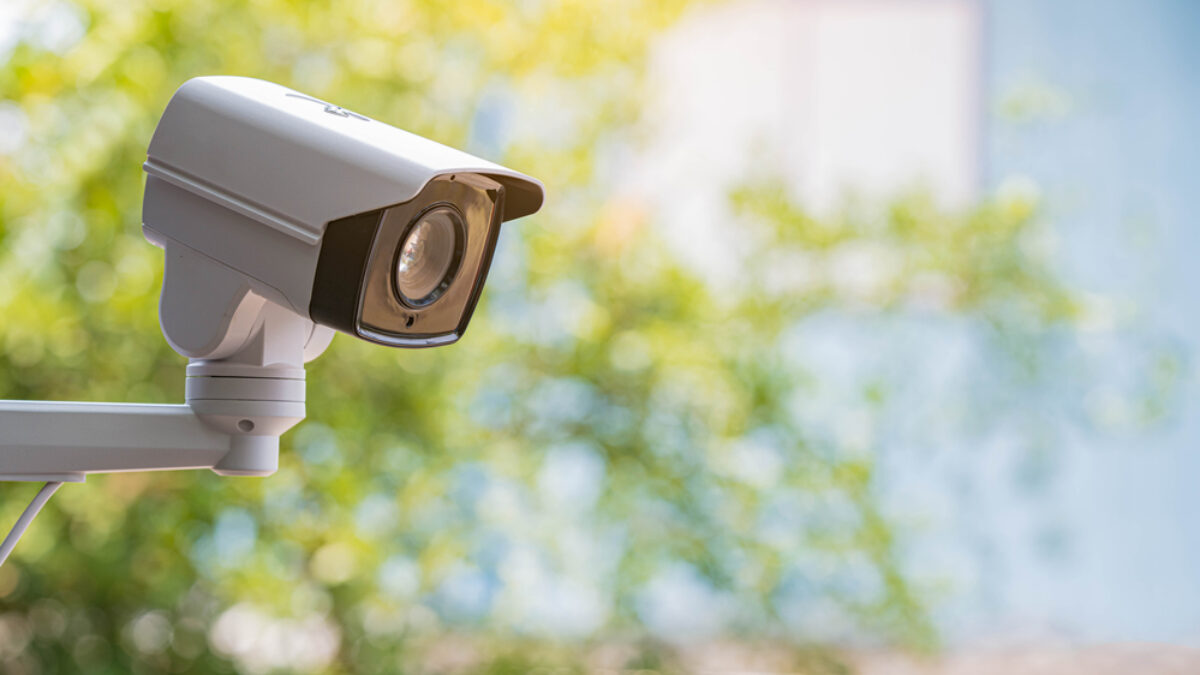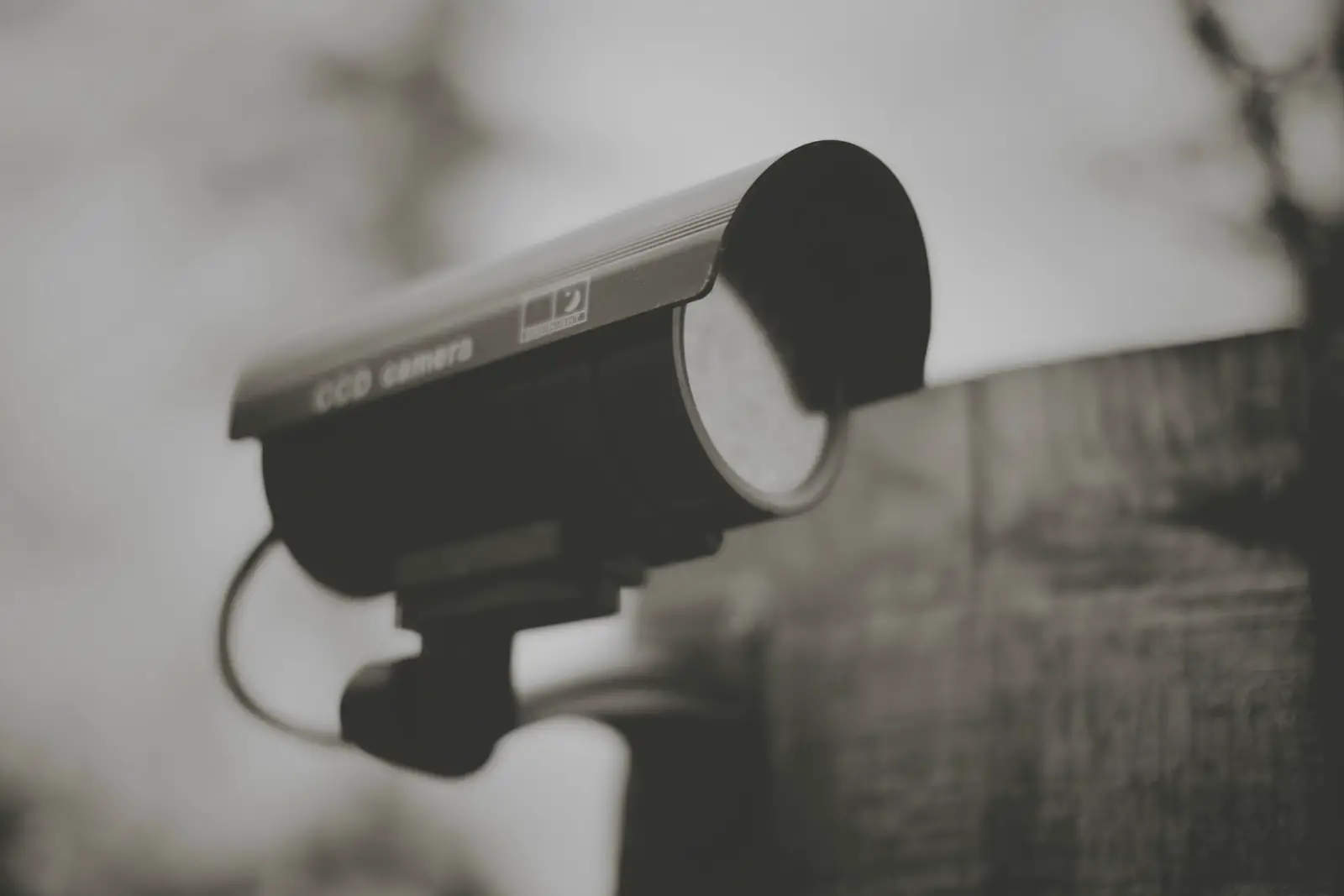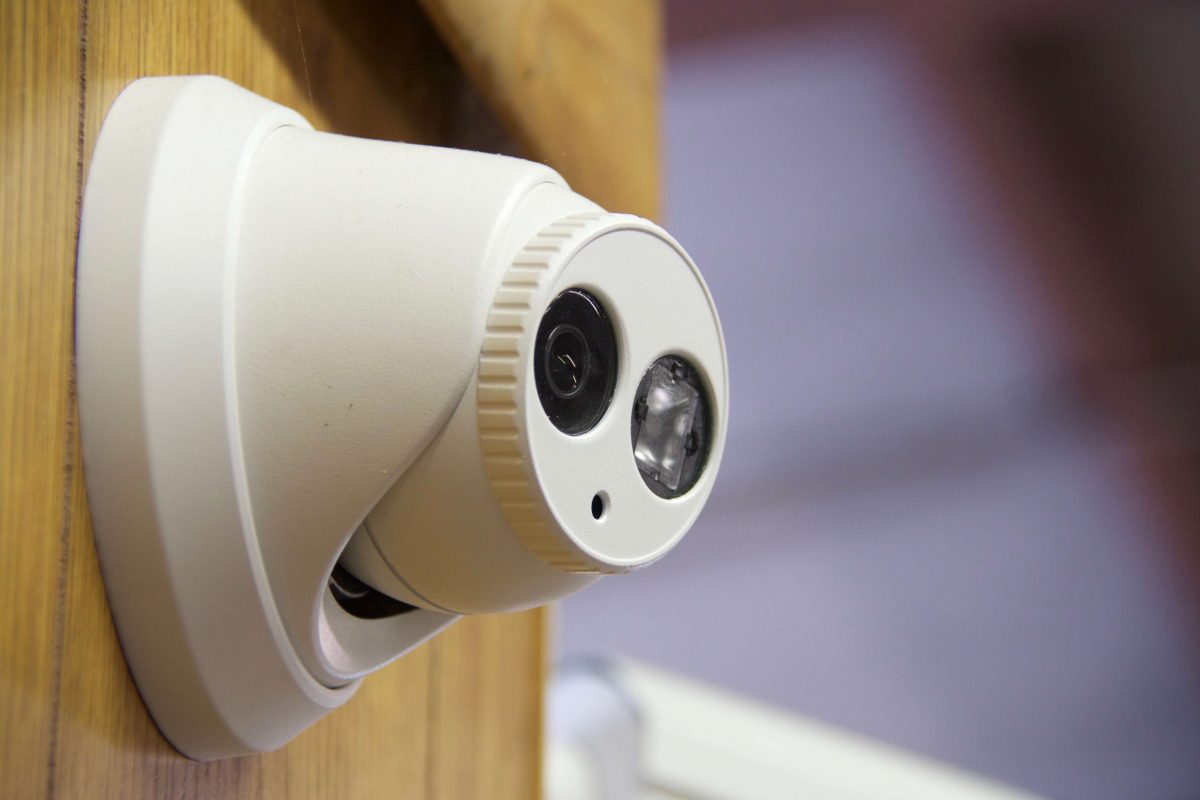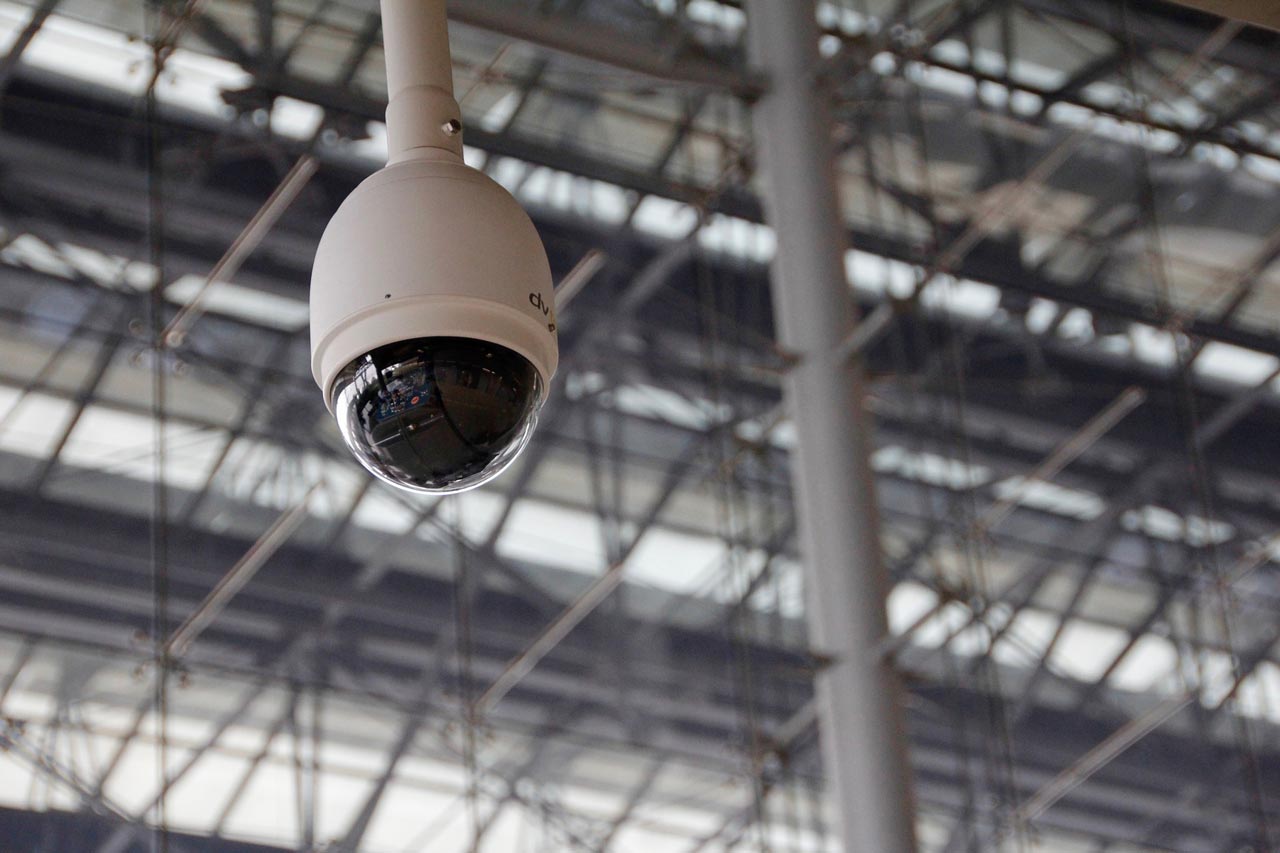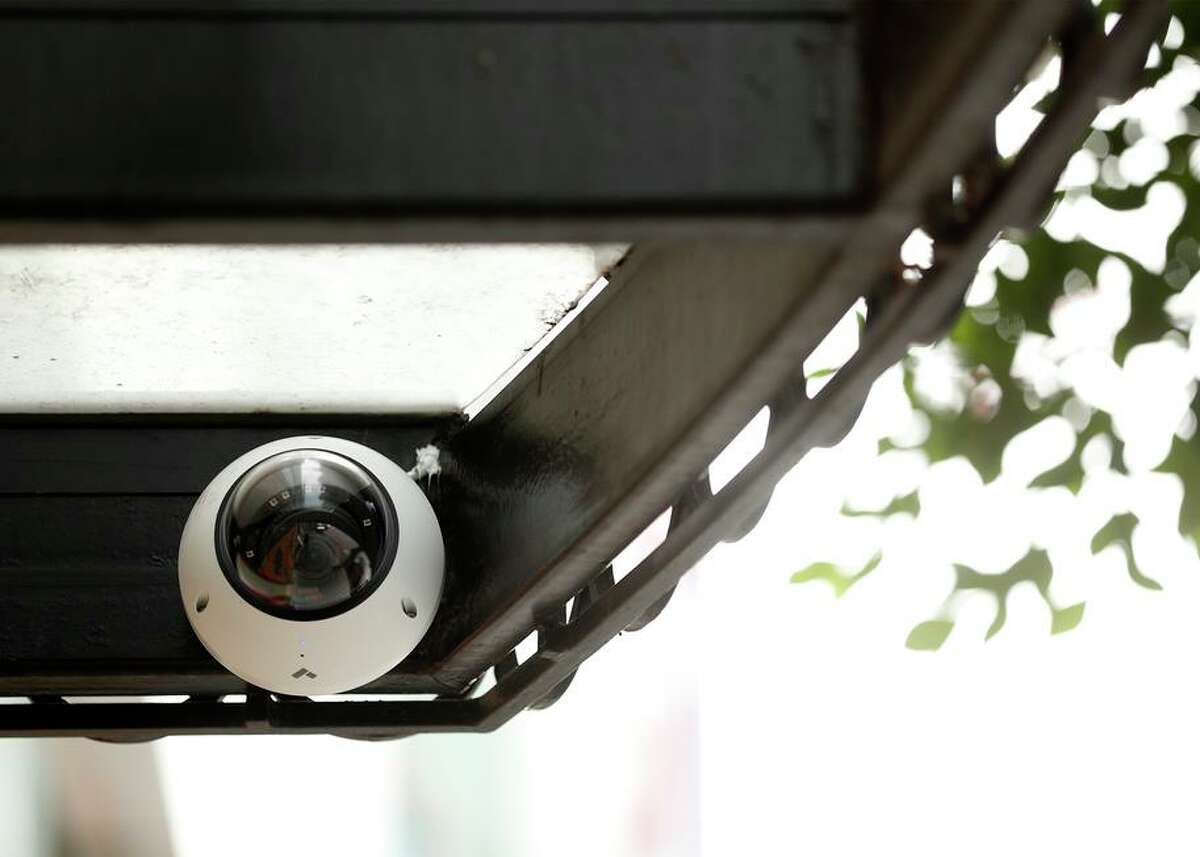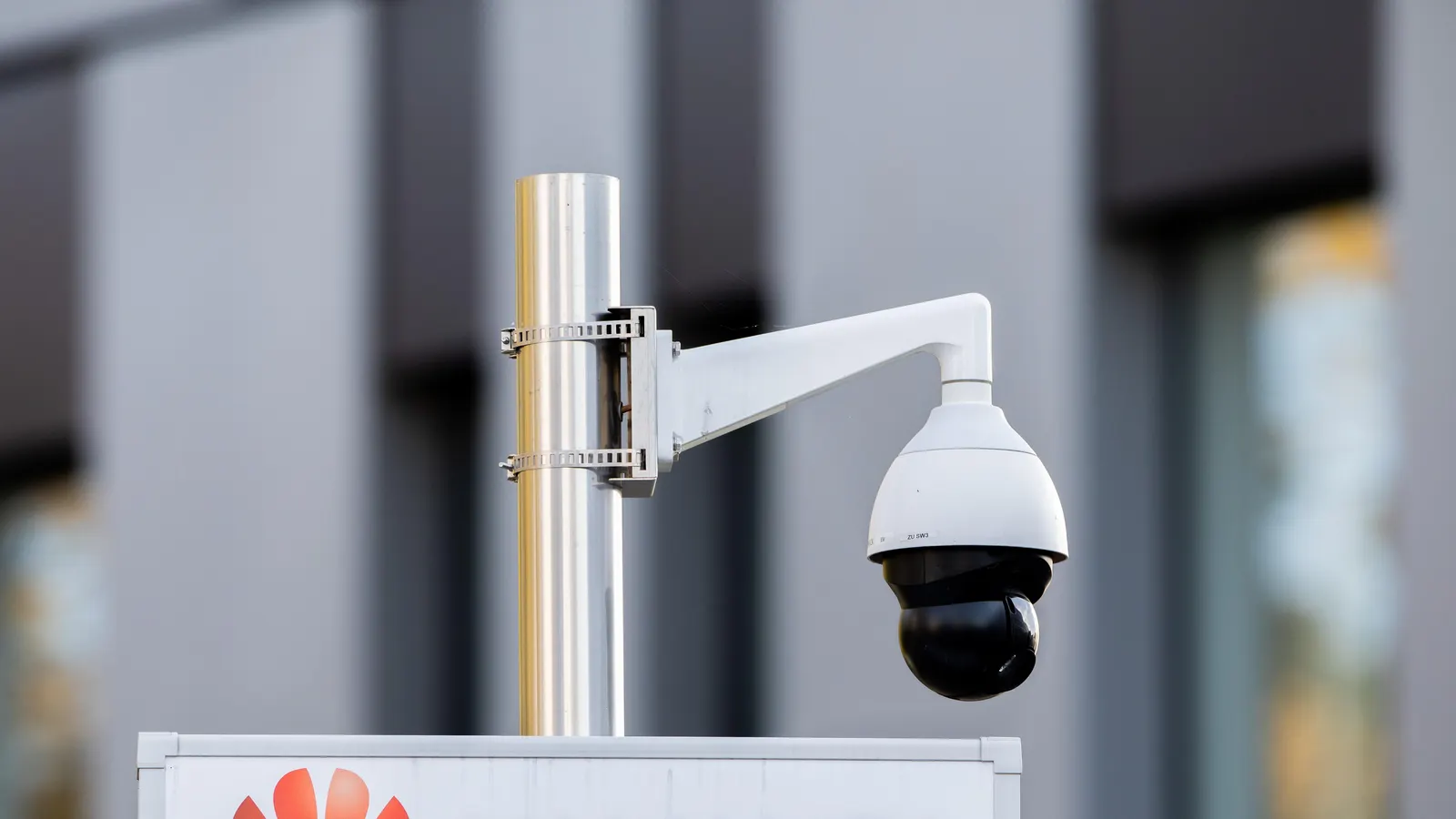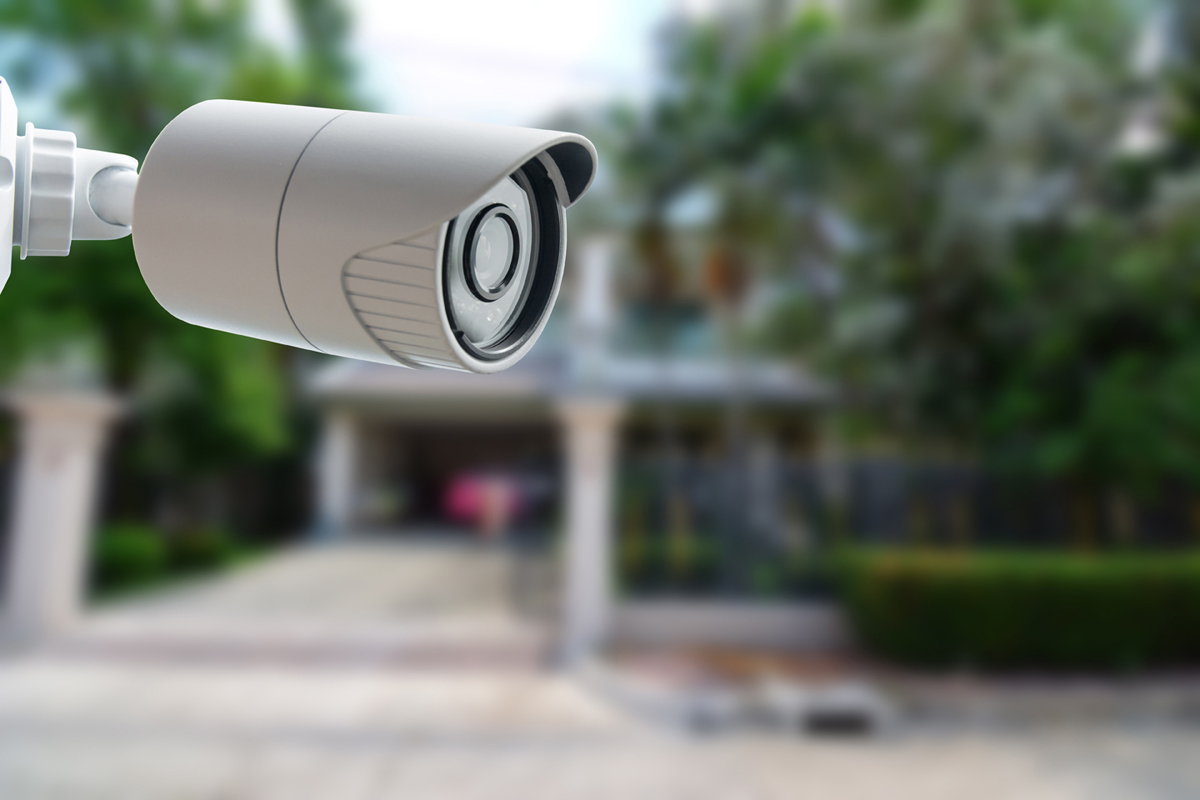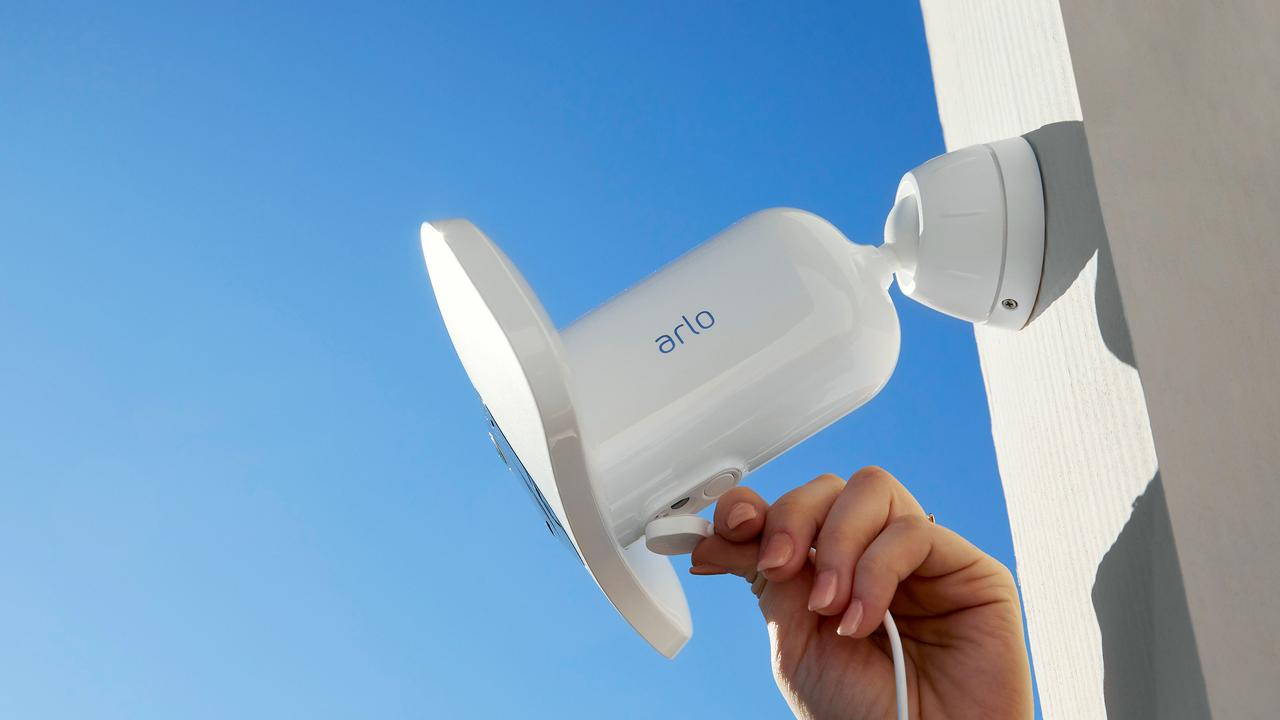Home>Home Security and Surveillance>How Ukrainians Infiltrated Security Cameras
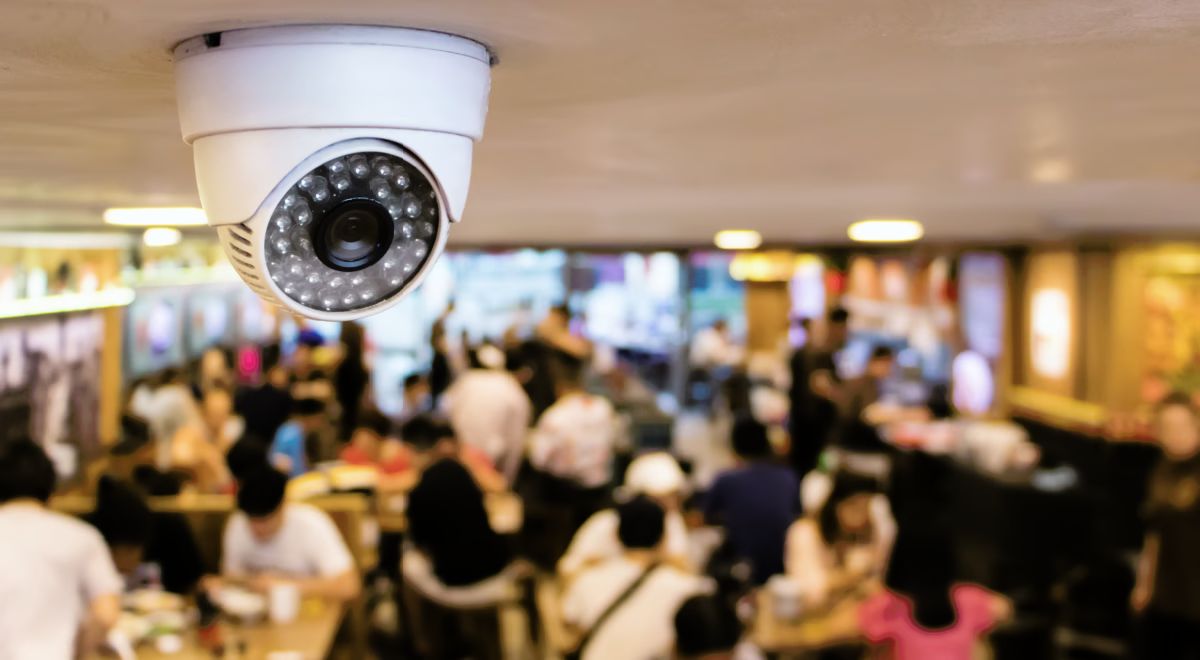

Home Security and Surveillance
How Ukrainians Infiltrated Security Cameras
Modified: March 6, 2024
Discover how Ukrainians mastered the art of infiltrating security cameras to gain access to valuable home security and surveillance systems. Uncover the secrets of their techniques and protect your own network.
(Many of the links in this article redirect to a specific reviewed product. Your purchase of these products through affiliate links helps to generate commission for Storables.com, at no extra cost. Learn more)
Introduction
Home security and surveillance play a vital role in keeping our homes and loved ones safe. With advancements in technology, security cameras have become an integral part of home protection systems. These cameras provide homeowners with a sense of security, allowing them to monitor their property and deter potential burglars or intruders.
However, as with any technology, security cameras are not immune to threats. In recent years, there has been an increase in incidents where hackers have gained unauthorized access to these cameras, compromising the privacy and safety of homeowners. One such notable case is the infiltration of security cameras by Ukrainian hackers.
In this article, we will delve into the intricacies of security camera technology, explore the rise of Ukrainian hackers, delve into the methods used to infiltrate these cameras, discuss the impact of such infiltrations, and provide steps to secure security cameras and safeguard against potential breaches.
By understanding the vulnerabilities associated with security cameras and taking necessary precautions, homeowners can ensure their privacy and enhance the effectiveness of their home security systems.
Key Takeaways:
- Ukrainian hackers have been infiltrating security cameras, posing a threat to homeowners’ privacy and safety. It’s crucial to secure cameras by updating passwords, firmware, and network settings to prevent unauthorized access.
- Homeowners can protect their security cameras from hackers by implementing measures like two-factor authentication, monitoring network traffic, and being cautious with third-party apps. Stay informed and proactive to ensure privacy and peace of mind.
Explaining Security Camera Technology
Before delving into the specifics of infiltrated security cameras and the methods used by hackers, it is important to understand the technology behind these devices. Security cameras, also known as CCTV cameras, are designed to capture and record video footage of a specific area.
Modern security cameras utilize a variety of technologies to achieve their surveillance capabilities. The most common types of security cameras include analog cameras, IP cameras, and wireless cameras.
Analog cameras, which have been around for decades, capture video footage and transmit it in analog format. These cameras require a physical connection to a recording device, such as a DVR (Digital Video Recorder), which stores the video footage for later playback.
IP cameras, on the other hand, use digital technology to capture and transmit video footage over computer networks. These cameras have built-in processors and network interfaces, allowing users to access the live video feed remotely through the internet. IP cameras offer superior image quality and flexibility compared to analog cameras.
Wireless cameras, as the name suggests, operate without the need for physical cables. These cameras use wireless technology, such as Wi-Fi, to transmit video footage to a receiver or a network. Wireless cameras are easy to install and offer flexibility in terms of their placement.
In addition to the different types of cameras, security camera technology has also evolved to include features such as motion detection, night vision, and remote access. Motion detection enables cameras to detect movement and trigger recording, making it easier to capture potential threats or suspicious activity. Night vision technology uses infrared LEDs to illuminate the area in low-light or dark conditions, ensuring clear visibility even in the absence of external lighting. Remote access capabilities allow homeowners to view the live video feed and manage camera settings through a mobile app or web browser.
Overall, security camera technology has come a long way, offering homeowners advanced surveillance capabilities to protect their homes and loved ones.
The Rise of Ukrainian Hackers
When it comes to cybersecurity threats and hacking incidents, Ukraine has gained notoriety for being a breeding ground for skilled and sophisticated hackers. The country has seen a surge in cybercrime activities, including the infiltration of security cameras around the world.
There are several factors that contribute to the rise of Ukrainian hackers. Firstly, Ukraine has a rich talent pool of skilled IT professionals. The country boasts a strong IT education system and has a significant number of individuals with expertise in computer science, programming, and cybersecurity.
Secondly, Ukraine has experienced political and economic turmoil over the years, leading to a high unemployment rate and limited opportunities. This has resulted in some individuals turning to cybercrime as a means of making a living. The allure of financial gain, combined with the lack of legitimate job prospects, has fueled the growth of hacking activities in the country.
Additionally, Ukraine’s geographical location plays a role in its prominence in the hacking world. Situated between Europe and Russia, the country finds itself in a cybersecurity hotspot. It is often used as a staging ground for cyberattacks targeting both Western and Eastern countries.
Ukrainian hackers are known for their advanced skills in various hacking techniques. They are proficient in exploiting vulnerabilities in software, networks, and systems. With their knowledge of the inner workings of security cameras, these hackers have successfully infiltrated numerous devices, gaining unauthorized access and compromise the privacy of homeowners.
Furthermore, the Ukrainian hacker community is notorious for sharing knowledge and collaborating on cybercrime activities. This collective expertise allows them to stay ahead of cybersecurity measures and continuously innovate their hacking techniques.
It is important to note that while not all hackers from Ukraine are involved in illegal activities, the rise of cybercrime within the country has raised concerns among security experts and law enforcement agencies worldwide.
In the next section, we will explore the methods used by Ukrainian hackers to infiltrate security cameras and the potential impact of such breaches.
Methods Used to Infiltrate Security Cameras
Ukrainian hackers employ various tactics and techniques to infiltrate security cameras, exploiting vulnerabilities in the devices, networks, or user negligence. Understanding these methods can help homeowners better protect their security systems from potential breaches.
One common method used by hackers is the exploitation of weak or default passwords. Many users fail to change the default passwords on their security cameras, leaving them vulnerable to unauthorized access. Hackers use automated tools to scan for cameras with default credentials or easily guessable passwords, gaining control over the devices.
Another technique used by Ukrainian hackers is known as “brute-forcing.” In this method, hackers use automated software that systematically tries different combinations of usernames and passwords until it finds the correct credentials to access the security camera. This method is effective against cameras with weak or easily guessable passwords.
Additionally, hackers may exploit vulnerabilities in the firmware or software of the security cameras. They can identify security flaws that manufacturers may have overlooked or failed to patch in timely updates. By exploiting these vulnerabilities, hackers can gain unauthorized access to the cameras or inject malware to hijack their functionalities.
Furthermore, hackers may target the network infrastructure surrounding the security cameras. By compromising the router or network switch to which the cameras are connected, they can intercept the video feed, manipulate recordings, or even disable the cameras altogether. This method requires a higher level of technical skill but can have a significant impact on the security system.
Man-in-the-middle (MitM) attacks are also a favored method among hackers. In this scenario, the attacker intercepts the communication between the security camera and the receiving device, such as a mobile phone or computer. They can then eavesdrop on the video feed, manipulate the footage, or gain unauthorized control over the camera settings.
Lastly, social engineering techniques may be employed by hackers to deceive unsuspecting users. By posing as legitimate service providers or technical support personnel, hackers can trick users into divulging sensitive information or granting remote access to their security cameras.
It is crucial for homeowners to be aware of these infiltration methods and take necessary precautions to protect their security systems. Regularly updating firmware, using strong and unique passwords, and implementing network security measures can significantly reduce the risk of camera infiltrations.
In the next section, we will discuss the potential impact of security camera infiltrations on homeowners and how to secure these devices.
Regularly update the default passwords on your security cameras to prevent unauthorized access. Use strong, unique passwords and enable two-factor authentication for an added layer of security.
Impact of Infiltrated Security Cameras
The infiltration of security cameras by Ukrainian hackers can have severe implications for homeowners, ranging from privacy breaches to potential physical threats. Understanding the potential impact of these infiltrations is crucial for homeowners to take necessary steps in securing their security systems.
One of the primary concerns is the violation of privacy. When hackers gain unauthorized access to security cameras, they can view live video feeds, capturing intimate moments within the privacy of one’s home. This invasion of privacy can be distressing, as homeowners feel violated and exposed.
Moreover, infiltrated security cameras can pose physical threats to homeowners. Hackers can use the compromised cameras to monitor and gather information about the residents” daily routines and vulnerabilities, enabling them to plan and execute targeted burglaries or attacks.
Furthermore, hackers can manipulate and tamper with the recorded video footage, distorting or deleting critical evidence in the event of a crime. This can jeopardize the ability to investigate and prosecute criminals, hindering the effectiveness of security systems and law enforcement efforts.
Apart from the immediate impact on homeowners, infiltrated security cameras can also contribute to larger-scale cyber attacks. Hackers can use compromised cameras as a stepping stone to gain access to the broader network, potentially compromising other connected devices and systems within the home or organization.
Additionally, infiltrated security cameras can contribute to the creation of extensive botnets, which are networks of compromised devices that hackers control for malicious activities like distributed denial-of-service (DDoS) attacks. These attacks can overwhelm websites or online services, causing significant disruptions and financial losses.
The psychological impact of having security cameras infiltrated should not be overlooked. Homeowners may experience increased levels of anxiety and stress, constantly worrying about their privacy and the potential dangers posed by malicious hackers. This emotional toll can have long-lasting effects on the well-being of individuals and families.
To mitigate the impact of infiltrated security cameras and protect oneself, homeowners should take proactive steps to secure their security systems.
In the next section, we will discuss essential measures to secure security cameras and safeguard against potential breaches.
Read more: How To Choose Security Cameras
Steps to Secure Security Cameras
Securing security cameras is crucial to protect your privacy and prevent unauthorized access. By following these steps, homeowners can enhance the security of their camera systems and mitigate the risk of infiltrations:
- Change default passwords: Immediately change the default usernames and passwords of your security cameras to strong, unique credentials. Avoid using common passwords or easily guessable combinations.
- Update firmware regularly: Manufacturers often release firmware updates to address security vulnerabilities. Stay up to date with the latest firmware and promptly install updates provided by the camera manufacturer.
- Enable two-factor authentication: Implement an additional layer of security by enabling two-factor authentication for accessing your security camera system. This requires a verification code in addition to the username and password.
- Secure your network: Secure your home network by using strong Wi-Fi passwords, enabling network encryption (such as WPA2), and regularly updating your router’s firmware.
- Segment your network: Consider segregating your security camera system on a separate network or VLAN (Virtual Local Area Network). This way, if one device is compromised, it won’t affect the rest of your network.
- Disable remote access when not needed: Only enable remote access to your security cameras when necessary. If you rarely access your cameras remotely, consider disabling this feature to reduce the risk of unauthorized access.
- Regularly review camera settings: Periodically review the settings of your security cameras, ensuring that they align with your privacy preferences. Disable any features or services that you do not use or need.
- Monitor network traffic: Keep an eye on your network traffic and look for any suspicious activity or unusual connections. Invest in network monitoring tools to help detect any unauthorized access attempts.
- Be cautious with third-party apps: If you use third-party mobile apps to access your security cameras, ensure that they are from reputable sources and regularly update them. Avoid downloading apps from untrusted vendors.
- Regularly check for physical tampering: Inspect your security cameras and their physical connections for any signs of tampering or unauthorized modifications. Report any suspicions to the camera manufacturer or security professional.
By implementing these measures, homeowners can significantly enhance the security of their security camera systems and protect their privacy from potential infiltrations by hackers.
In the concluding section, we will recap the main points discussed in this article.
Conclusion
As we have explored in this article, security cameras play a crucial role in home safety, allowing homeowners to monitor their property and deter potential threats. However, the rise of Ukrainian hackers has highlighted the importance of securing these devices to protect privacy and prevent unauthorized access.
We have discussed the technology behind security cameras, including analog, IP, and wireless cameras. Understanding the capabilities and features of these devices is essential for homeowners to make informed choices for their home security systems.
The infiltration of security cameras by Ukrainian hackers has become a significant concern. We have explored the methods they use, such as exploiting weak passwords, firmware vulnerabilities, network compromise, and social engineering. By understanding these tactics, homeowners can take necessary precautions to secure their cameras.
Infiltrated security cameras can have severe impact, including privacy violations, physical threats, evidence tampering, and the potential for larger-scale cyber attacks. The psychological toll on homeowners should not be underestimated, as anxiety and stress can result from the invasion of privacy and fear of exploitation.
We have discussed essential steps to secure security cameras, including changing default passwords, updating firmware, enabling two-factor authentication, securing the network, and monitoring camera settings. By following these steps, homeowners can significantly reduce the risk of infiltrations and protect their privacy.
In conclusion, the rise of Ukrainian hackers infiltrating security cameras serves as a reminder of the importance of cybersecurity in our increasingly connected world. Protecting our homes and loved ones requires a proactive approach to securing our security camera systems. By staying informed, regularly updating security measures, and implementing best practices, we can ensure our privacy and peace of mind.
Frequently Asked Questions about How Ukrainians Infiltrated Security Cameras
Was this page helpful?
At Storables.com, we guarantee accurate and reliable information. Our content, validated by Expert Board Contributors, is crafted following stringent Editorial Policies. We're committed to providing you with well-researched, expert-backed insights for all your informational needs.
